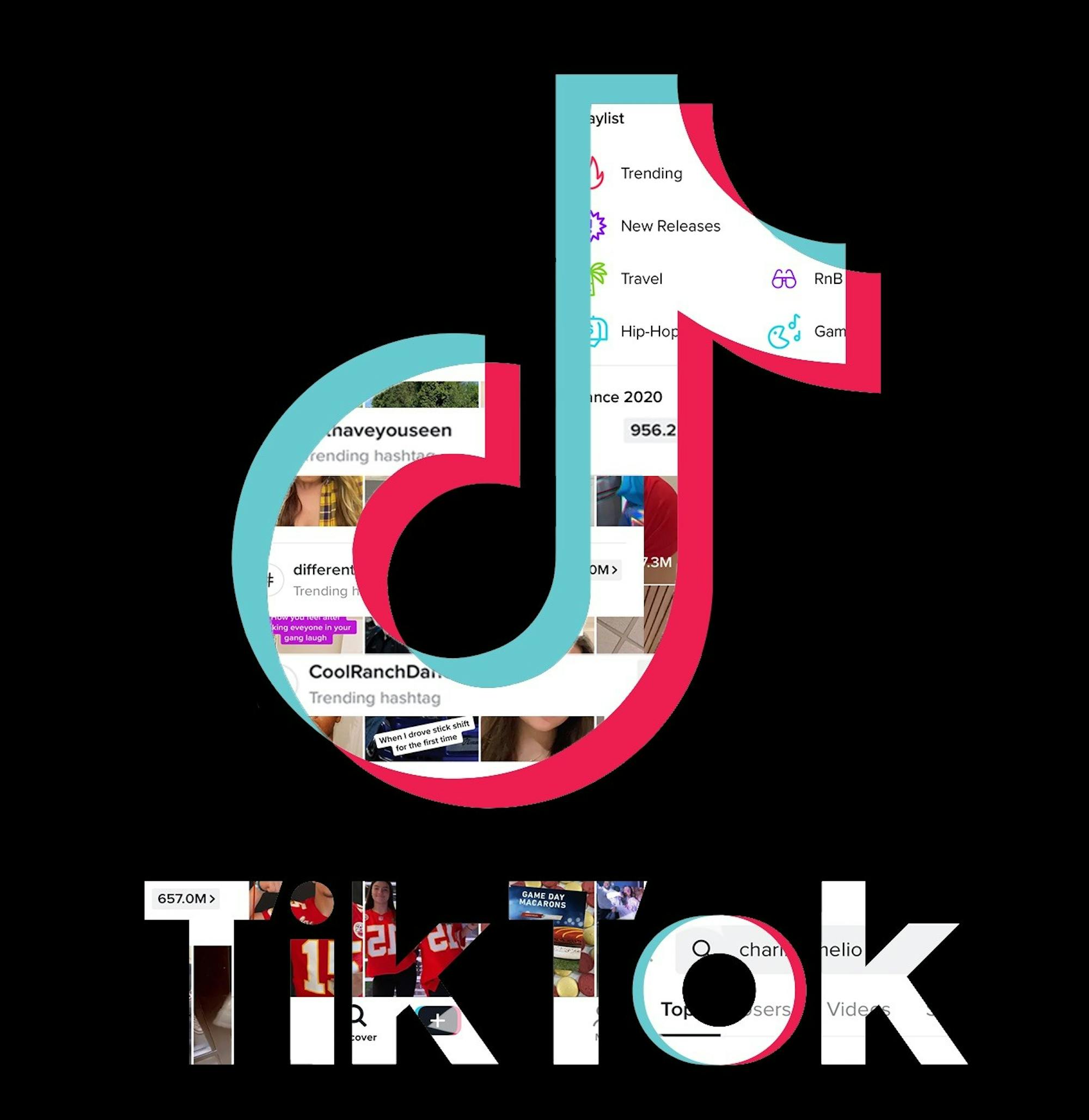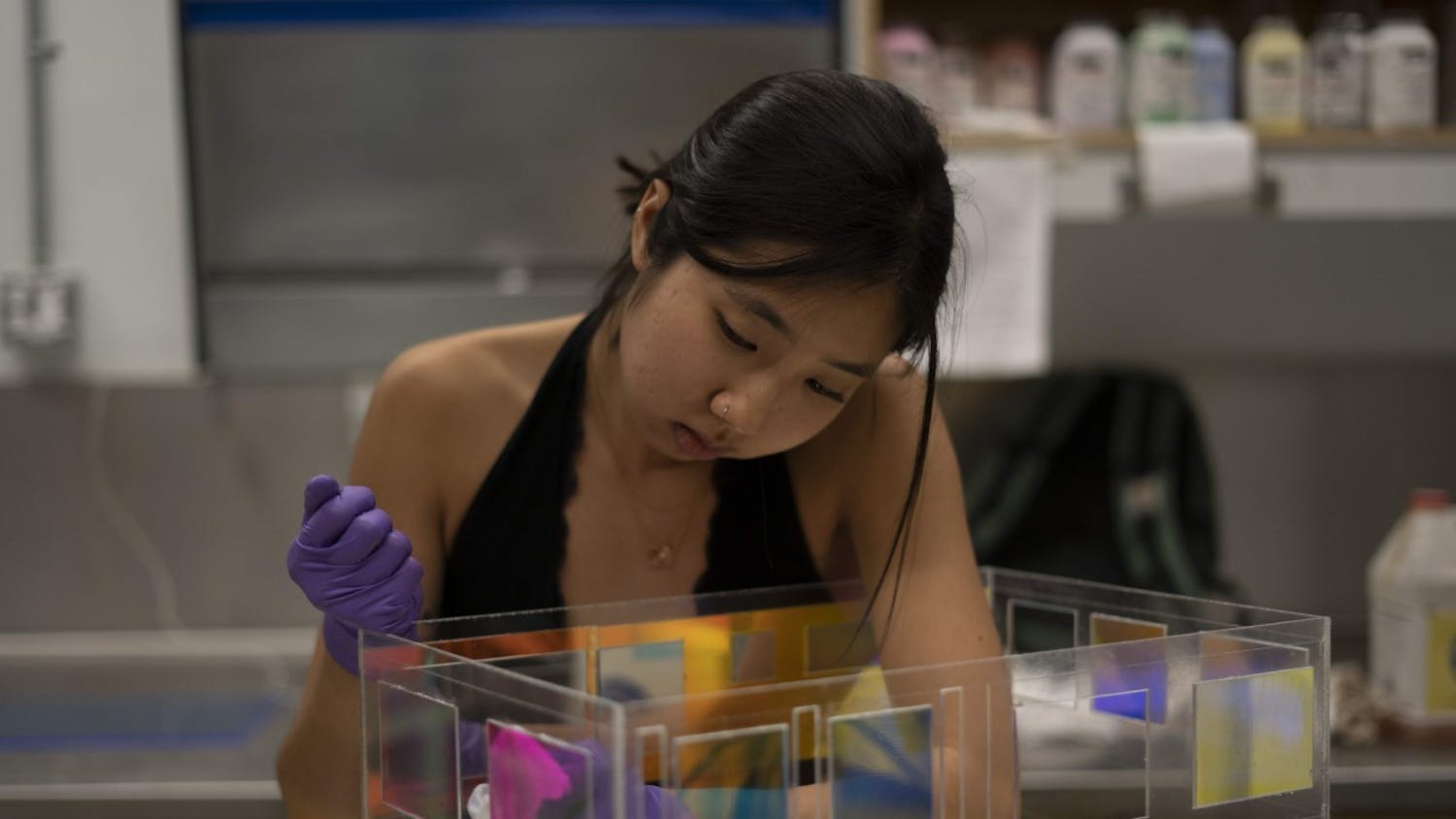If you haven’t been living under a rock for the past six months, you’ve probably heard of TikTok. The new videomaking app has taken the world by storm, with everyone from The Rock to students on our own campus amassing impressive followings through the platform. As of March 2019, it was the most downloaded app on the Apple App Store for five consecutive quarters and continues to attract millions of users monthly. The app allows for the creation of 15-second videos that can be made to accompany a variety of sounds from popular songs, movies and even other users.
Many, like Will Glovsky ’23, are quick to attribute the app’s success to the role that the video app Vine left behind when it was shut down in 2016.
“I think it occupies the niche Vine left open for social media when it disappeared, and ... it’s an excellent way for the average person to express themselves at a relatively low cost,” Glovsky said.
Sydney Towle ’22, a user who has amassed over 60,000 followers on TikTok, agrees.
“I think from the days of Vine, people were still looking for a replacement, because it was such a popular thing for us growing up,” Towle said. “So once Vine disappeared, I think this was just kind of a natural evolution towards a new social media platform.”
Towle is among the ranks of users who have garnered large followings in the past few months, many of them between the ages of 15 and 21. Notable names include Chase Hudson, Addison Rae and arguably the most famous user, 15-year-old Charli D’Amelio, who has an astounding 23 million followers on the app as of print time. While D’Amelio hails from my own hometown of Connecticut, she has just moved to Los Angeles to pursue a professional career through TikTok. In many ways, the app has become the next platform to usher in a new age of social media influencers.
Towle, however, does not view herself as one of them.
“I don’t consider myself an influencer,” Towle said. “But obviously I do have influence over a certain number of people, and I do think there’s a responsibility. Like before I post, I make sure I’m not saying something inflammatory or anything that can rub anyone the wrong way.”
Glovsky said that while right now the popular avenue for consuming TikToks is the “For You” page — an endless feed of videos from an aggregation of users across the app — he believes that more people will migrate to watching specific influencers. Towle thinks the same thing, noting that the number of popular users has already increased dramatically
“I think more and more people are going to keep getting popular on the app,” Towle said.
Of the people I’ve talked to who make TikToks on a regular basis, many of them create videos with the express wish of “blowing up.” Perhaps the genius of TikTok is appealing to the hope that one of your videos will become viral and boost you to the social media stardom that many secretly crave. It seems to be easier to do on this app than most others.
While Towle has a large following and tries to post at least once a day, she said that she only goes on to make videos rather than watch them. For most, however, that is not the case. Many users, like Didi Tyree ’23, claim an “addiction” to the app. I asked Tyree how much time she spends on the app on an average day. Instead of answering, she pulled out her phone, navigated to the Screen Time section of her settings and showed me: one hour and 58 minutes per day.
While the 15-second videos are funny and often entertaining to watch, the app begs the question: Why are these short videos are so compelling to the astounding number of users TikTok attracts on a daily basis? I spoke to English professor Christie Leigh Harner to ask about what the app means for modern consumption of media. She told me that while the immediacy of media consumption through modern technology is perceived as extremely fast-paced, it might not truly be a new phenomenon.
“People in other historical moments would have perceived their speed of media consumption as sped up, too,” Harner said. “For example, in 19th century Britain, mail was delivered in London between five and 10 times a day ... you could basically get a mail delivery every hour of your working day.” However, Harner was quick to note how this new form of media lacks one critical piece: narrative. Instead, it utilizes what she describes as “impressions,” or quick instants that do not add up to a larger story. While media on platforms like Instagram or YouTube still try for narrative, Harner said that the “impressions” on social media right now are mostly seen on TikTok. However, Harner said she believes that the human desire for narrative will never truly go away — thus, she does not see TikTok replacing narrative forms of media like film, television or even other online media platforms like YouTube.
Still, the popularity of these “impressions” cannot be ignored. It is certainly a trend that will continue to develop, and while it’s hard to say where it will go, more than anything, people believe the app will continue to grow.
“I think it’ll continue to blow up like it has been ... It’s projected to keep growing,” Towle said.
I will admit; in the process of writing this article, I too have become somewhat immersed in the world of TikTok. Before downloading the app for the first time, I never understood the appeal. However, after a week of researching and talking to users, I think I finally get it. The dances are fun to watch and even more fun to try and learn yourself. The comedy sections are very reminiscent of Vine (although, in my opinion, nothing can ever truly replace it). In all, it may not be as bad as its reputation. There certainly are worse things to become addicted to.
Sydney Towle is a member of The Dartmouth staff.



